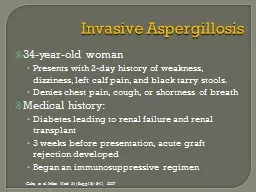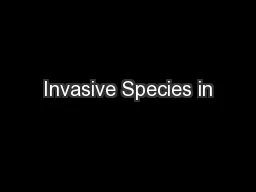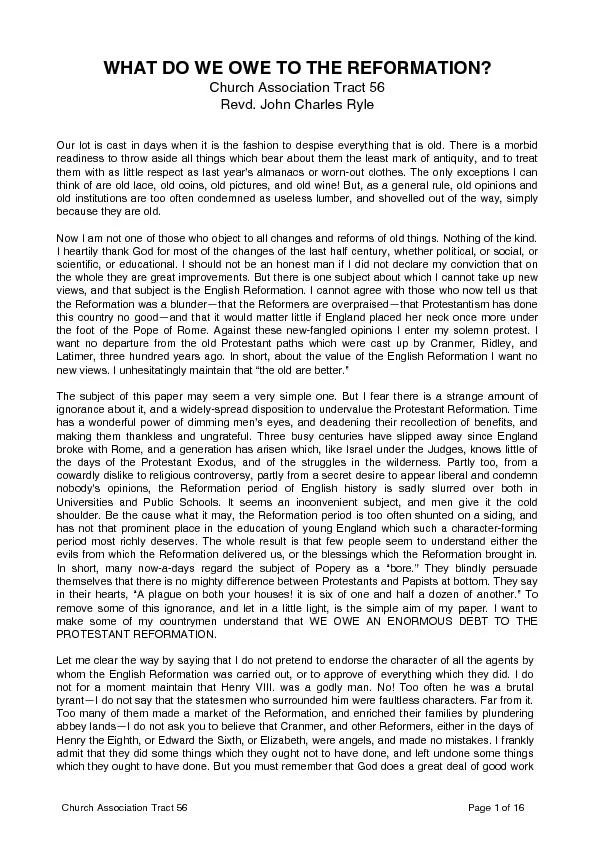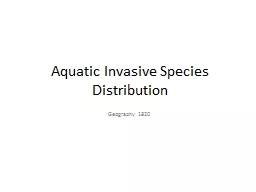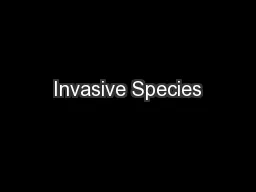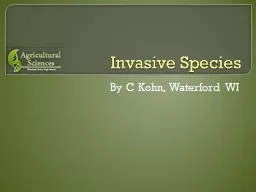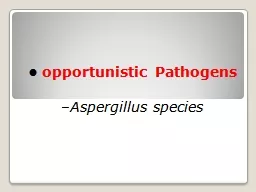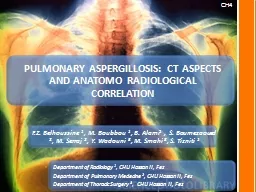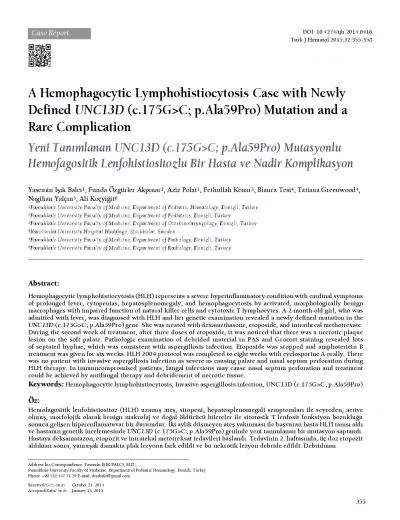PPT-Invasive Aspergillosis 34-year-old woman
Author : luanne-stotts | Published Date : 2020-04-03
Presents with 2day history of weakness dizziness left calf pain and black tarry stools Denies chest pain cough or shortness of breath Medical history Diabetes leading
Presentation Embed Code
Download Presentation
Download Presentation The PPT/PDF document " Invasive Aspergillosis 34-year-old woma..." is the property of its rightful owner. Permission is granted to download and print the materials on this website for personal, non-commercial use only, and to display it on your personal computer provided you do not modify the materials and that you retain all copyright notices contained in the materials. By downloading content from our website, you accept the terms of this agreement.
Invasive Aspergillosis 34-year-old woman: Transcript
Download Rules Of Document
" Invasive Aspergillosis 34-year-old woman"The content belongs to its owner. You may download and print it for personal use, without modification, and keep all copyright notices. By downloading, you agree to these terms.
Related Documents

